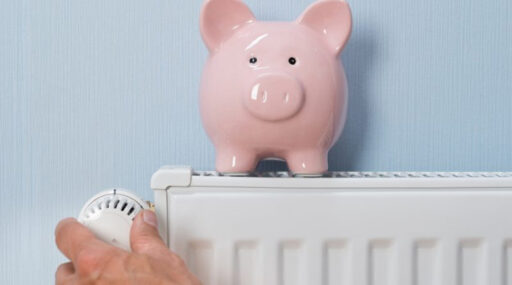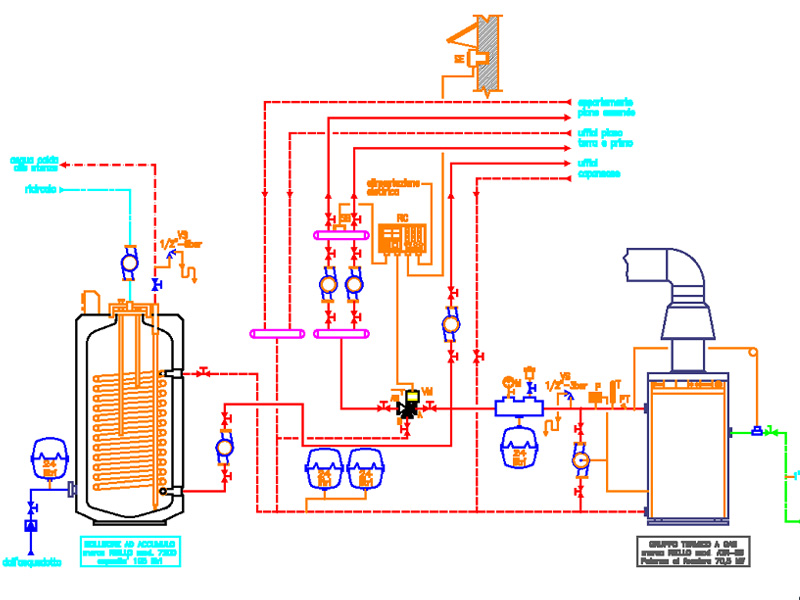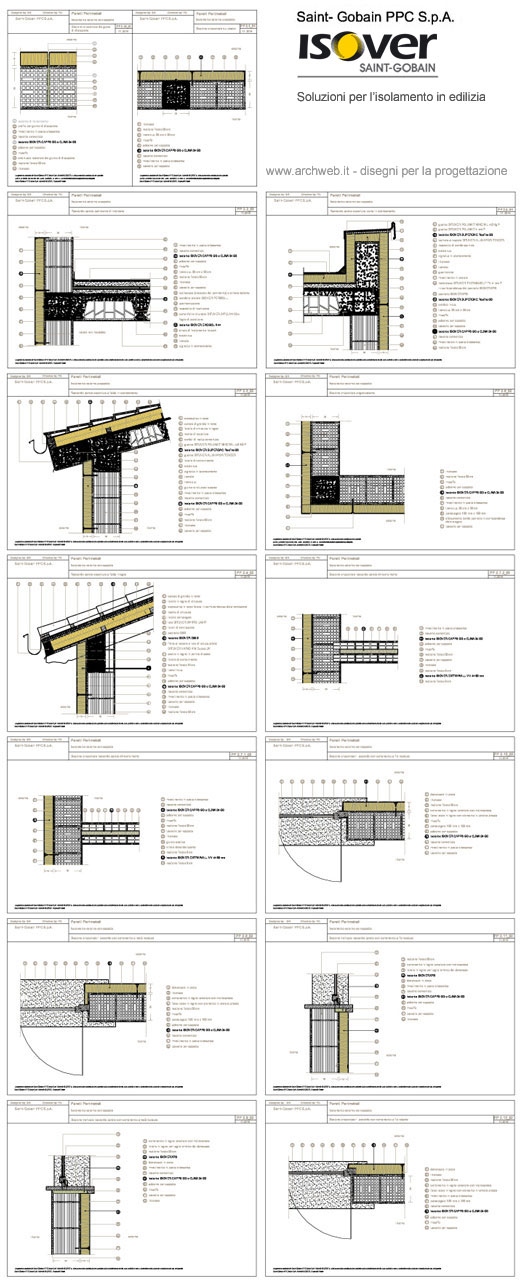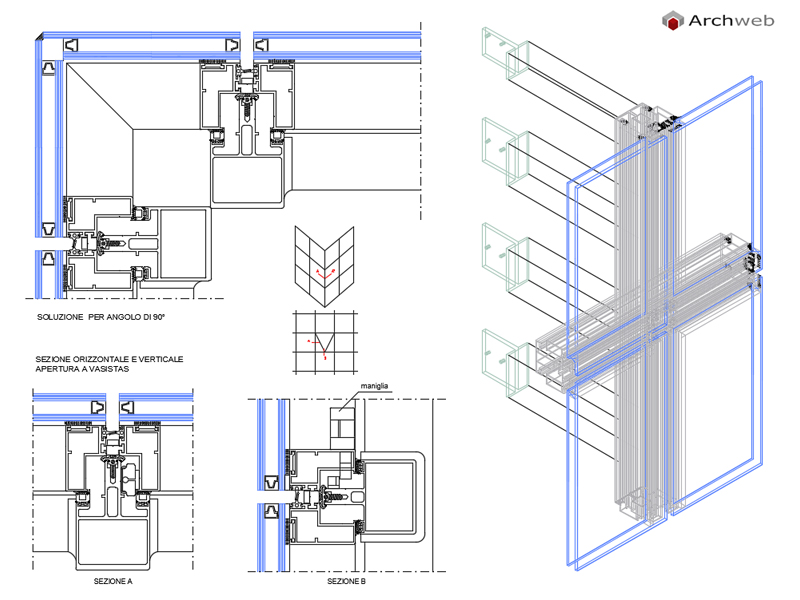Energy: heating
10 tips to save and protect the environment

The possibility of turning on the heaters in over half of the 8 thousand Italian municipalities, namely those of the so-called climatic zone E, which includes large cities such as Milan, Turin, Bologna, Venice, but also mountain areas throughout Italy where the climate is more rigid. To protect the environment and save on bills, ENEA proposes 10 practical rules to better heat their homes, avoiding waste and, in many cases, an unnecessary penalty.
1) Perform plant maintenance. It is the number one rule in terms of safety, savings and attention to the environment. In fact, a system consumes and pollutes less when it is adjusted correctly, is clean and without limescale deposits. Those who do not carry out maintenance on their system risk a fine starting from 500 euros (Presidential Decree 74/2013).
2) Check the room temperature. Overheating the house is bad for your health and for your pockets: the legislation provides for a temperature of 20 degrees plus a tolerance of 2, but 19 degrees are more than enough to guarantee the necessary comfort. In addition, for each degree less, 5 to 10 per cent of fuel consumption is saved.
3) Pay attention to the hours of ignition. It is useless to keep the heating system on day and night. In an efficient home, the heat that the structures accumulate when the system is in operation guarantees a sufficient degree of comfort even during the shutdown period. The maximum daily switch-on time varies by law according to the 6 climatic zones into which Italy is divided: from a maximum of 14 hours per day for plants in zone E (north and mountain areas) to 8 hours in zone B (bands coastal areas of Southern Italy).
4) Install reflective panels between the wall and the radiator. It is a simple but very effective solution to reduce heat loss, especially in cases where the radiator is embedded in the wall, reducing its thickness and degree of insulation. Even a simple sheet of aluminum foil helps to reduce dispersion towards the outside.
5) Screen the windows at night. Closing shutters and shutters or placing heavy curtains reduces heat loss to the outside.
6) Avoid obstacles in front of and above the radiators. Placing curtains or furniture in front of the radiators or using the radiators as a laundry dryer hinders the diffusion of heat to the environment and is a source of waste. Also, be careful not to leave the windows open for too long: it only takes a few minutes to renew the air in a room, while leaving them for too long only involves unnecessary heat loss.
7) Get your home checked up. Asking a technician to carry out an energy diagnosis of the building is the first step to take to assess the state of the thermal insulation of walls and windows and the efficiency of the air conditioning systems. The diagnosis will suggest the interventions to be carried out by evaluating the cost-benefit ratio. In addition to reducing heating costs, even up to 40%, the interventions become even more convenient if you take advantage of the tax deductions for the energy redevelopment of buildings, the eco-bonus that allows you to deduct from IRPEF or IRES taxes from 50 to 85% of the costs incurred depending on the complexity of the intervention and the super bonus, with which the deduction rate rises to 110% “.
8) Choose innovative heating systems. Since 2015, with a few exceptions, only condensing boilers can be installed. It is advisable to consider the possibility of replacing the old heat generator with a condensing one or with a high efficiency heat pump. Biomass-fired boilers and hybrid systems (condensing boiler and heat pump) are also available combined with solar thermal systems to heat the water and photovoltaic systems to produce electricity. Also for these interventions it is possible to take advantage of the tax relief.
9) Choose innovative technological solutions. It is essential to equip your system with an automatic temperature control unit that avoids unnecessary peaks or sudden changes in power. The possibility of hourly, daily and weekly programming guarantees further energy savings. Home automation also helps to save: chronothermostats, presence sensors and electronic controllers allow you to adjust the temperature of the individual rooms and the switch-on time of the heating systems even remotely via mobile phone.
10) Install the thermostatic valves. These devices are used to regulate the flow of hot water in the radiators, allowing you not to exceed the set temperature for space heating. Mandatory by law in condominiums, thermostatic valves reduce consumption by up to 20%.
Source: ENEA National Agency for New Technologies, Energy and Sustainable Economic Development
www.enea.it



































































